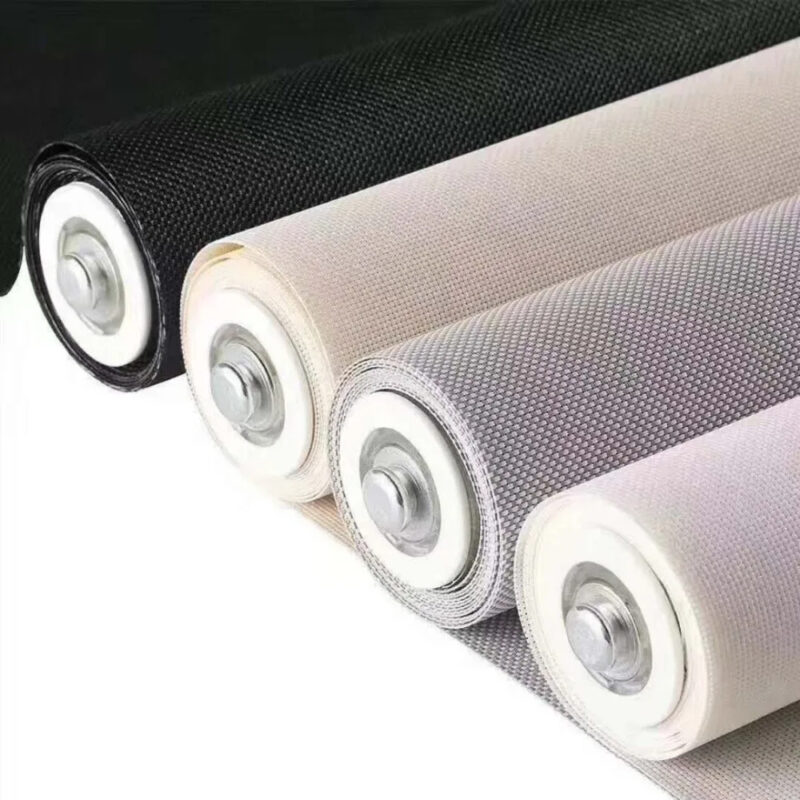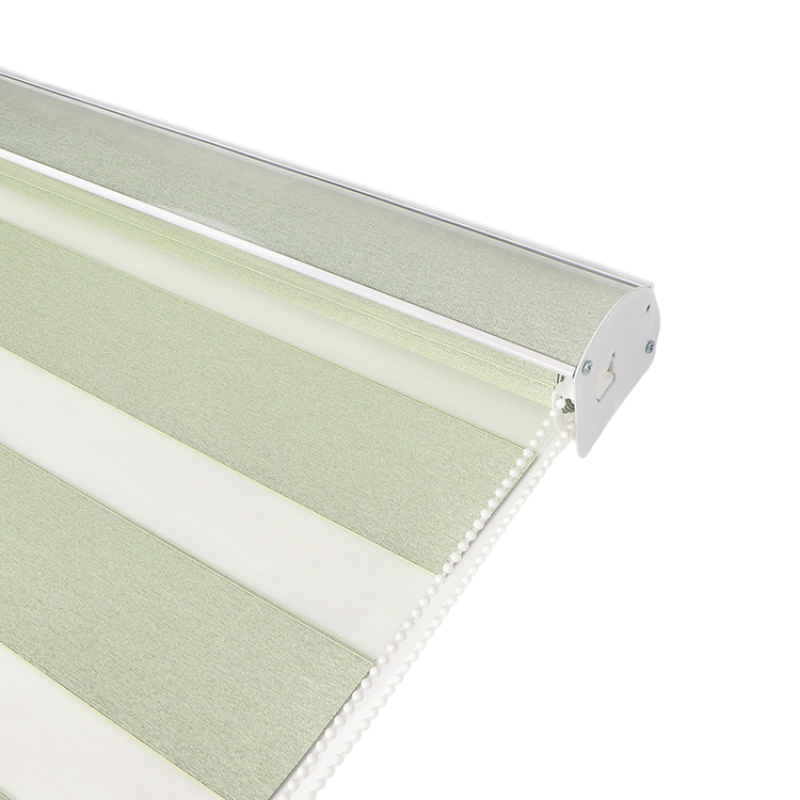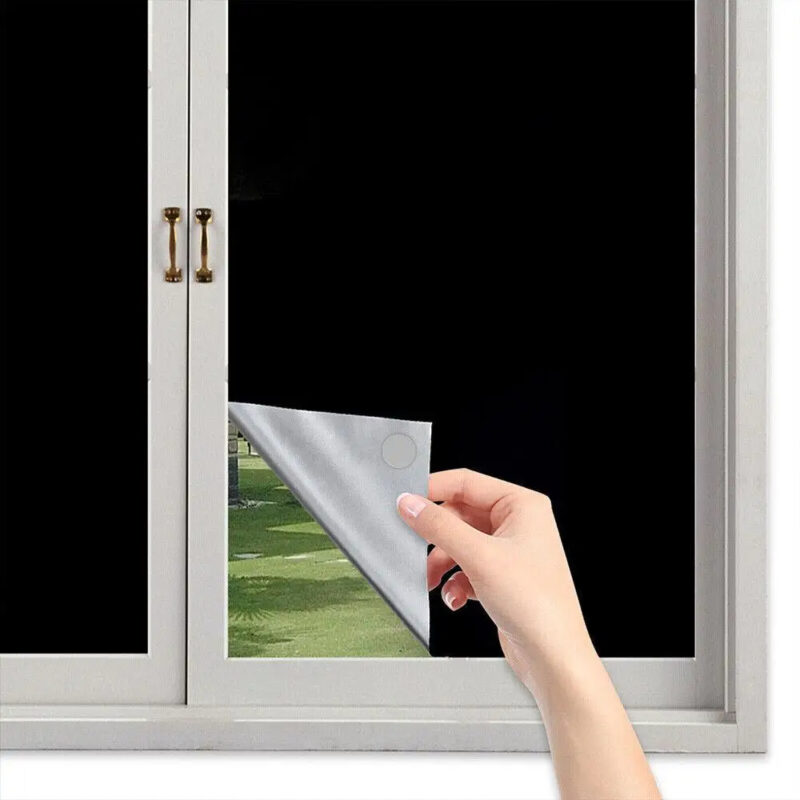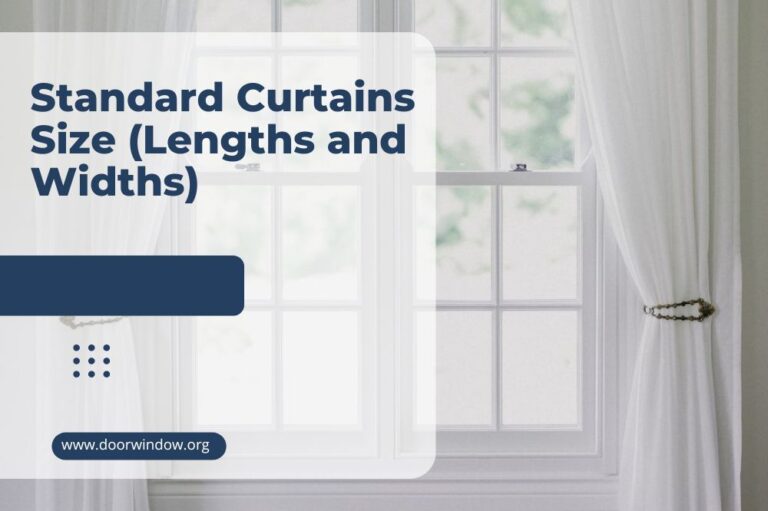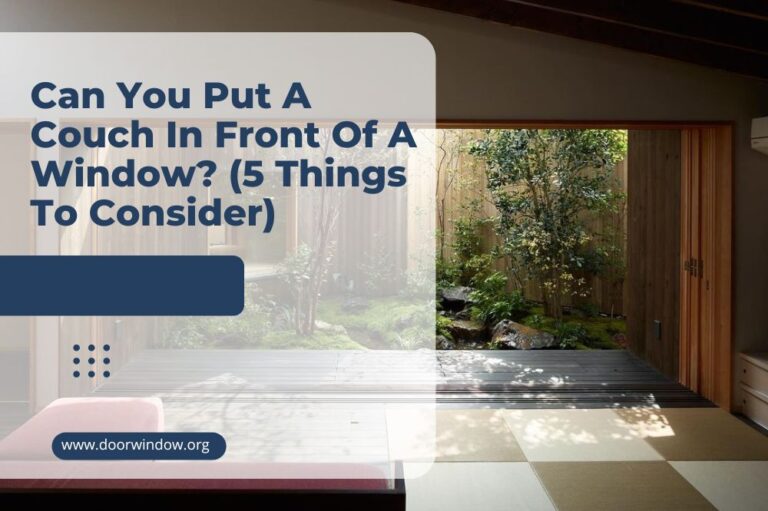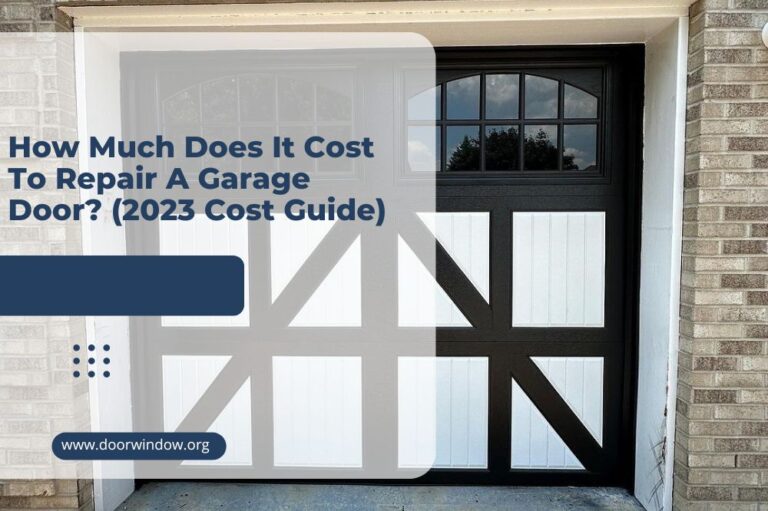Inside vs. Outside Mounted Blinds: Which is Better?
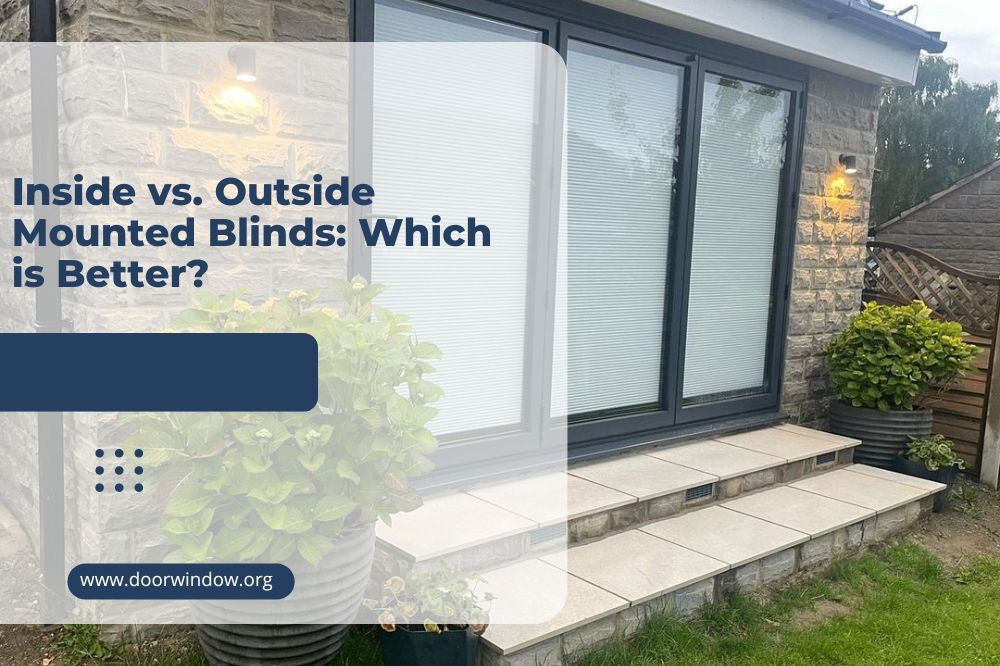
There’s a lot to consider when buying blinds for your windows.
Not only do you need to consider the style and pattern, but you need to ensure that the blind works as intended and covers the window to your liking.
One of the biggest decisions you must make is whether the blind will hang from inside your window frame or outside.
This article will explore the differences between inside and outside-mounted blinds. We’ll highlight the pros and cons of each blind and offer our recommendations on which is the right fit for your home.
Firstly, what are inside mounted blinds?
An inside-mounted blind fits snugly inside your window frame. The blinds will cover the pane of glass while leaving the outer edge visible at all times.
The blinds will measure smaller than the frame itself and often will be precisely cut. They can hang from the window frame’s ceiling or be screwed in place from the top sides.
What are outside-mounted blinds?
As the name suggests, outside-mounted blinds hang outside the window frame and, when drawn, will cover your window and frame entirely. Typically, the blinds will measure larger than the frame and be hung from a mounted pole or bare that rests above the window frame.
Inside vs. Outside mounted blinds
Below, we compare and contrast inside and outside blinds across several criteria, highlighting what you need to consider and offering our opinion on which style fits your needs.
1. Window Depth
Most builders and contractors recommend inside-mounted blinds, so long as the window frame has enough depth to hold them. When measuring, consider any obstructions around this area, including the window crank, alarm sensors, handles, trimmings, or tiles.
To measure correctly, get a tape measure and start from where the obstruction stops, to the edge of the molding. Then, compare this measurement to the blinds instructions to see if it’s compatible.
If your window frame is too shallow, or if the obstructions prove too troublesome to reposition, outside-mounted blinds may be the only alternative for you to choose.

2. Appearance
Although this is ultimately down to personal preference, the common consensus is that inside-mounted blinds look better in most cases. They often have a cleaner and more “finished look” as they sit neatly inside the window frame. Especially if you’re going for a minimalist look, inside blinds can help accentuate other aspects of your windows and rooms.
Conversely, outside-mounted blinds often look bulkier and heavier. They’re a useful blind to have if you want to make your ceiling appear higher or your window frames look bigger than they are. And when drawn, they can make your home feel cozier, too.
3. Installation
The success of any DIY project relies heavily on your skill level. And if taking precise measurements around your window frame makes you anxious, you may want outside-mounted blinds for a simple, easy, and straightforward installation.
Because outside-mounted blinds hang over the entire window, they can hang as loosely as you want, requiring less precision or attention to detail. You don’t need to worry about screwing directly into the window frame. They offer much more flexibility to inexperienced DIYers.
While not impossible, inside-mounted blinds require you to be very precise, especially when measuring the inner depth of your window frame, and the amount of blind material needed to cover the length of the window pane.
4. Sun protection
If your window or glass doors are in a room that receives excessive amounts of direct sunlight, you may want to consider which option offers the best UV protection. After all, blinds are an essential way to protect soft furnishings, rugs, and carpets from sun bleaching.
Outside-mounted blinds offer the best protection from the sun because they are often more prominent than the window frame itself. When blinds are drawn, this adds a complete layer of protection against light. On the other hand, inside-mounted blinds may allow small gaps of light along the sides to penetrate.
Sometimes, homeowners may use inside and outside blinds together. This is especially effective if you want to use blackout shades for bedrooms but also want the option for regular blinds to use during waking hours.
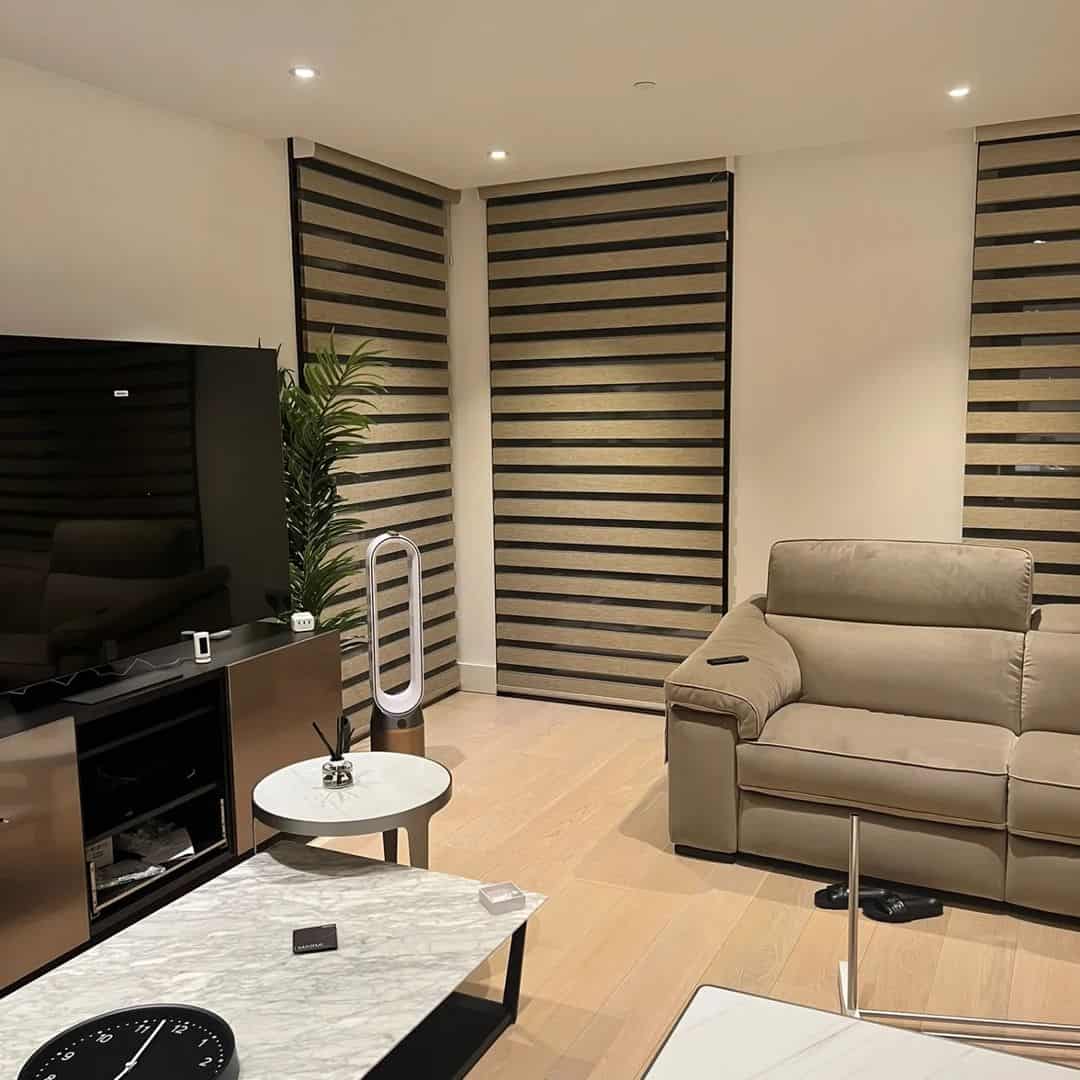
5. Energy Efficiency
More and more, blinds are developed to act as insulators for our homes, trapping heat in the colder months and helping to reduce rising energy bills. It’s an important consideration if window frames are older and prone to letting drafts in during the cold winter.
Inside-mounted blinds are often the better insulator for your home because they sit closer to the window. Because there’s a smaller gap between the fabric and the glass, less heat can escape. Similarly, oversized blinds outside the window frame allow more heat to reach the glass pane and exit your home.
6. Space required
Wall space will always be a hotly desired thing in a room. And when picking blinds, you don’t want to get too big a set that swallows the window and makes it harder to hang pictures or decorations or have furniture nearby.
If your room has less space, inside-mounted blinds are the clear-cut winner. Not only will they fit nicely inside the window frame, but they will take up no extra space from the surrounding area. Additionally, smaller blinds can create the illusion of more space in the room.
That said, if space is no concern, you may be able to afford outside-mounted blinds. Especially if you have a high-rise ceiling, blinds can drape from further above and take advantage of the additional space for unique styles and designs.
7. Frame visibility
Window frames come in various materials, including high-quality wood and precious metals, colorful designs, and patterns. And if you’ve recently renovated your windows or are installing brand new panes of glass, you’ll no doubt want them on the show as much as possible.
Inside-mounted blinds allow you to show off the entirety of your window frame to full effect. This is highly effective if your windows have multiple glass panels, intricate designs, or high-quality paintwork or are in pristine condition.
That said, some homeowners may want to hide these window frames if, for example, they’re old, warped, or peeled. Outside-mounted blinds can be a helpful way to mask them in these rare instances.

8. Additional window treatments
Nowadays, windows are highly customizable. Many homeowners incorporate several window treatments together for an exquisite, beautiful-looking window.
Inside-mounted blinds are much more visually appealing if you plan on layering different things on top of each other, e.g., blinds and drapes. This is because the blinds will be compacted and gathered and not overextend your drapes. Additionally, the blind brackets won’t cross over the drapery rods.
While it is still possible to layer different blinds and drapes together if outside-mounted, it will require precise measurement and consideration. You may not be able to incorporate all treatments, and the overall result may look messy.
9. Price
There are two considerations to have regarding the price and installation of blinds. Firstly, if you hire a professional, inside-mounted blind may cost you considerably more. This is because they require precise measurements to be taken and often require customization to fit into your desired window frame. Average prices range from $250-$300 per window.
If doing the job yourself, outside-mounted blinds can cost more if your chosen fabric is expensive. This is because more material is required to cover the entirety of the window frame.
Conclusion
Blinds are often an essential part of windows, protecting us from direct sunlight, offering us privacy, and helping to insulate our homes. And whether you’re buying a new window or considering replacing your current set, there’s a lot to consider.
As our article has shown, there are advantages to both types of mounted blinds. Inside-mounted blinds are often the go-to choice for homeowners because they look chic, elegant, and compact. They can also help show off the window and frame and help conserve space around your room.
That said, outside-mounted blinds are fast becoming a popular alternative. They don’t require a high-skill level to install, can help hide damaged or misshapen windows, and are the only alternative to a window frame with shallow depth.
If you still need help deciding whether to choose inside or outside-mounted blinds, please leave a comment, and we will get back to you.
But remember:
- Inside-mounted blinds require precise measurements, and you must also consider obstructions like cranks, handles, and alarm sensors.
- While inside-mounted blinds offer better insulation, outside-mounted blinds can better protect your interior home from prolonged sun exposure.
- Some homeowners enjoy the best of both worlds and hang inside and outside-mounted blinds together, especially when using blackout shades or layering different fabrics together.

